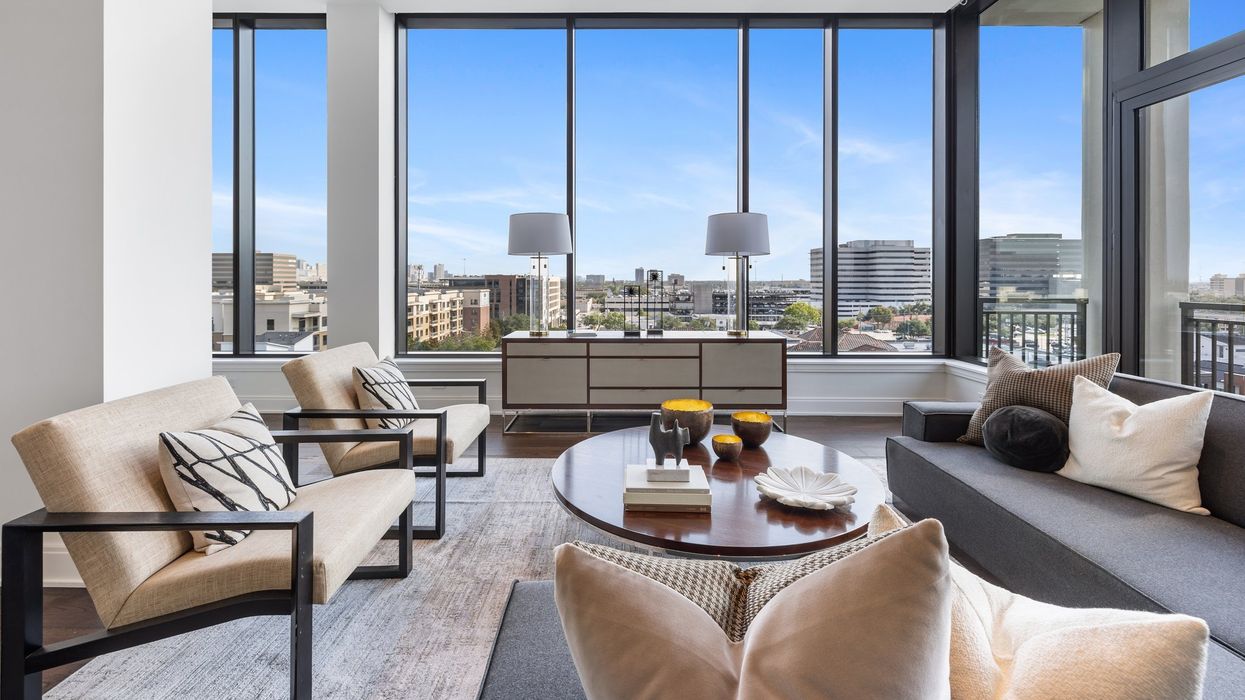The New Republic
A landmark exhibition at the MFAH shows how the Cuban revolution shaped six decades of art.

Writer and political activist Jean Genet once said, “It is the duty of the revolution to encourage its adversaries: works of art.” This symbiotic yet contentious relationship between art and political revolution is the subject of Adiós Utopia: Dreams and Deceptions in Cuban Art, an expansive, immersive exhibit of Cuban art from 1950 to the present day, on view March 5-May 21 at the Museum of Fine Arts Houston. To help audiences understand how Cuban artists navigated the contradictions of life under Fidel Castro’s government, and created art that celebrated and challenged the ideals of the revolution, the exhibit presents 100 works by more than 50 Cuban artists representing the fields of painting, graphic design, photography, video, performance and installation art.

“There hasn’t been an exhibit of this nature since 1944, when the Modern Museum of Art presented a survey of Cuban painters,” says MFAH’s curator of Latin American Art Mari Carmen Ramírez. “That’s how important this exhibition is.”
“It’s a thematic show,” says Gerardo Mosquera, one of three independent Cuban curators who selected works for the exhibit. “All of the art refers in one way or another to this subject of utopia.”
The show’s provocative title is a mixture of Spanish and English. “Utopia,” a word found in both languages, refers to what MFAH’s Ramírez describes as “a period of great promise,” during which artists collaborated with Fidel’s government to “give face” to a new version of Cuba’s history. “Initially, many of the artists who were active during the 1950s and ’60s joined this revolutionary enthusiasm,” says Ramírez. “But then, difficult realities set in.”
Philanthropist Ella Fontanals-Cisneros and her Miami-based Cisneros Fontanals Art Foundation (CIFO Europa), a non-profit organization founded to help promote Latin American art throughout the world, initiated the project three years ago.
Several modernist styles and practices are represented in the show, which may surprise audiences unfamiliar with the range and influence of Cuba’s artistic achievements. There are paintings by members of the group Diez Pintores Concretos (Ten Concrete Painters), whose post-cubist approach to geometric abstraction was treated with suspicion by Castro’s government. As part of Adiós Utopia, several of these works will be seen in the U.S. for the first time.

The exhibit also features pop-art-inspired works from the 1960s and ’70s, including Raúl Martínez’s 1972 painting “Rosas y Estrellas (Roses and Stars),” a brightly colored, almost psychedelic portrait of seven leaders of Latin American independence, including Castro and Che Guevara. “He presented the Cuban national heroes together with normal people — peasants, workers, youngsters, the Beatles, animals,” explains Mosquera. “He was deconstructing official iconography, using pop art and vernacular visual culture.” Martínez, a gay man, believed in the ideals of the revolution, although he portrayed those ideals with some irony, and much of his work alluded to the government’s oppression and internment of homosexuals.
Representing Nuevo Arte Cubano (New Cuban Art) of the 1980s and present-day interdisciplinary practices are several artists in their 20s and 30s who lived through Cuba’s so-called “special period,” a time of severe economic hardship. Their work is matter-of-factly post-modern, combines different mediums including video and performance, and is often politically charged. “These younger artists grew up during extreme economic distress,” says Ramírez. “People were fleeing the country. The tightening of state controls and censorship is what really stimulated artists like Tania Bruguera, who has been arrested and imprisoned because of her work.” Bruguera’s “Estadistica (Statistics),” her ironic realization of the national flag of Cuba made out of cardboard, fabric, and human hair is included in Adiós Utopia.
In the wake of Castro’s death in November, these young artists will see their society modernized. Google servers being installed on the island — even as politics threaten to reverse the restoration of diplomatic relations with the U.S. But both Mosquera and Ramírez believe the show has the potential to open up a new chapter in U.S. relationships with Cuba.
“The embargo has made Cuba invisible to the majority of Americans, except for academics and specialists,” says Ramírez. “For audiences in the United States, Cuba is this forbidden country, a ‘bad’ country somewhere in the Caribbean. We’re trying to lift that veil, and hope people will lose their fear of engaging with Cuba.”


















